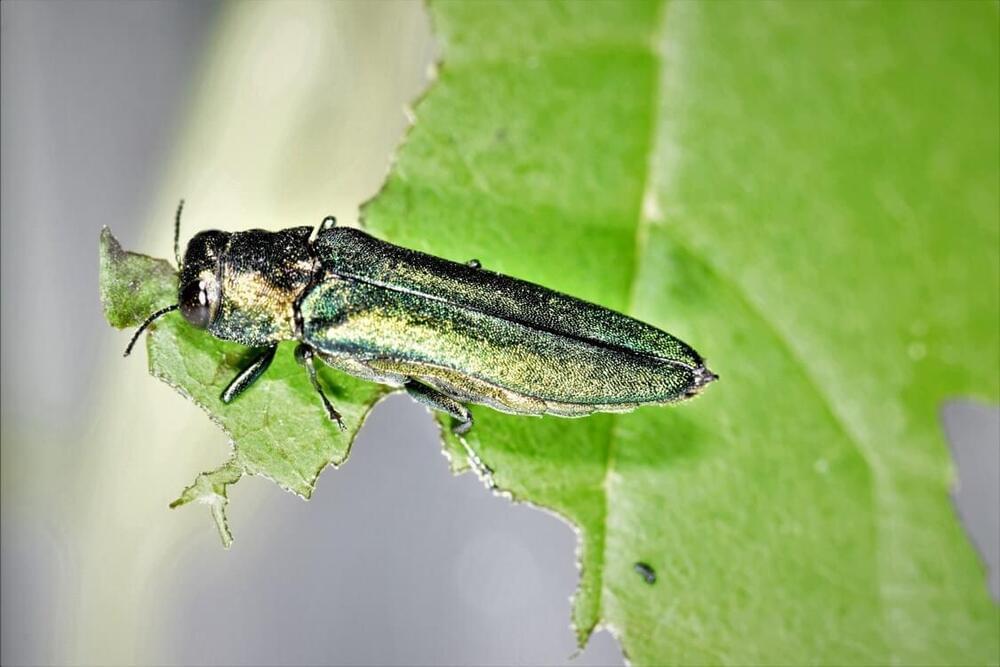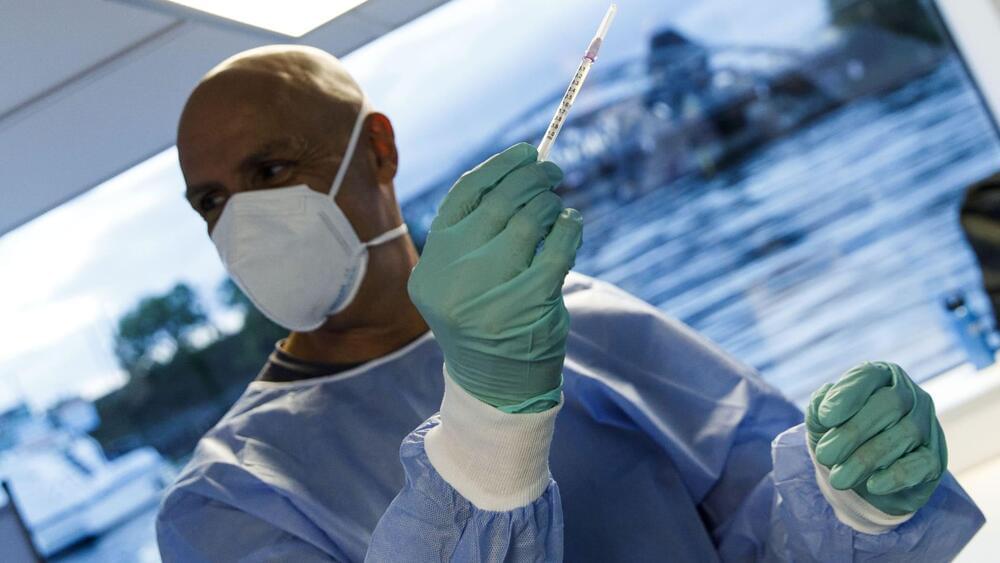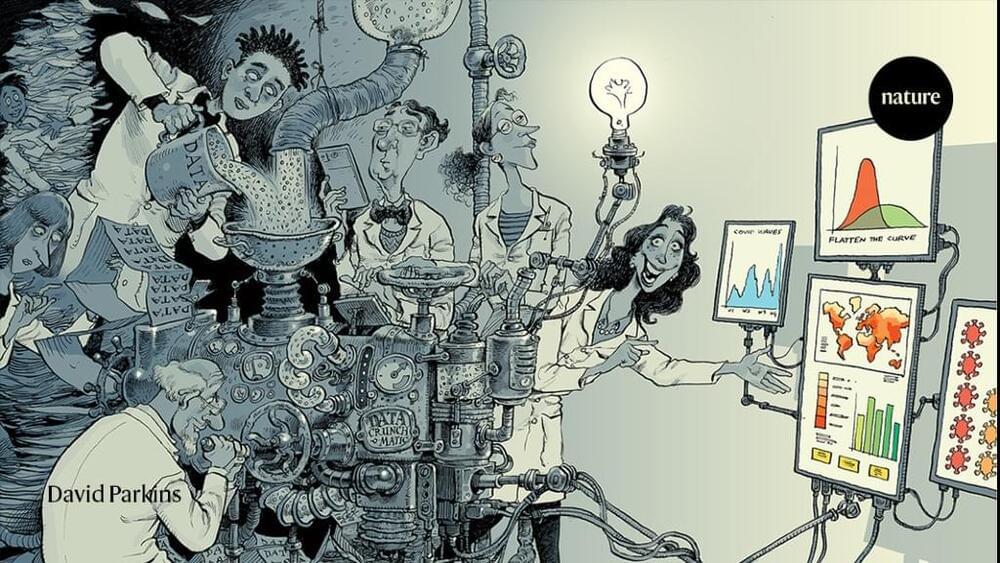The father of the GIF passes away at the age of 74 after contracting COVID-19.



Atomic clocks are the best sensors mankind has ever built. Today, they can be found in national standards institutes or satellites of navigation systems. Scientists all over the world are working to further optimize the precision of these clocks. Now, a research group led by Peter Zoller, a theorist from Innsbruck, Austria, has developed a new concept that can be used to operate sensors with even greater precision irrespective of which technical platform is used to make the sensor. “We answer the question of how precise a sensor can be with existing control capabilities, and give a recipe for how this can be achieved,” explain Denis Vasilyev and Raphael Kaubrügger from Peter Zoller’s group at the Institute of Quantum Optics and Quantum Information at the Austrian Academy of Sciences in Innsbruck.
For this purpose, the physicists use a method from quantum information processing: Variational quantum algorithms describe a circuit of quantum gates that depends on free parameters. Through optimization routines, the sensor autonomously finds the best settings for an optimal result. “We applied this technique to a problem from metrology—the science of measurement,” Vasilyev and Kaubrügger explain. “This is exciting because historically advances in atomic physics were motivated by metrology, and in turn quantum information processing emerged from that. So, we’ve come full circle here,” Peter Zoller says. With the new approach, scientists can optimize quantum sensors to the point where they achieve the best possible precision technically permissible.

PC power supplies haven’t seen a whole lot of change in the last decade or two. We’ve gotten modular cables for easier routing, smaller standards for itty-bitty builds, and that’s about it. But today Intel has finalized the ATX 3.0 standard, coming soon to a full-sized PC case near you. The biggest addition announced today is a new standardized connection for graphics cards and other PCIe devices, delivering up to 600 watts on a single connector.
Currently graphics cards are in a bit of a power pinch. The maximum throughput for an 8-pin ATX rail is 150 watts, so the biggest and most power-hungry GPUs need to double or even triple up, adding extra space requirements and more complex cable routing inside the case. The new 12-pin 12VHPWR connection should be able to deliver more energy than even the most powerful graphics cards need for the next generation or two. Each pin housing is also physically smaller, with a 3.0mm pitch versus 4.2mm on current power supply rails.
Technically it’s 16 total pins (12+4), with four additional data pins squeezed in beneath the primary power pins. This is to manage DC output voltage regulation and a series of new tools designed to regulate high power output efficiently and safely, all handled intelligently by the power supply. According to Intel, the new 12VHPWR connection will be the standard for “most, if not all” PCIe cards using the 5.0 spec.


Summary: Oleic acid produced in the brain is an essential regulator of processes that enable memory, learning, and mood regulation. Oleic acid, which is abundant in olive oil, also promoted neurogenesis and increases cell proliferation.
Source: Baylor College of Medicine.
Many people dread experiencing the cognitive and mood declines that often accompany reaching an advanced age, including memory disorders such as Alzheimer’s disease and mood conditions like depression.

LONDON — While war rages in Ukraine, not much attention is being paid to surging Covid-19 cases across Europe that could soon start to filter out to the rest of the world.
The rise in cases across the continent, from the U.K. and France to Italy and Austria, is being driven by several factors: The lifting of most — if not all — Covid restrictions, waning immunity from vaccines and booster shots, and the spread of the more transmissible omicron subvariant, BA.2.
“We all hoped and expected a different turn now at the beginning of spring,” Ralf Reintjes, professor of epidemiology at the Hamburg University of Applied Sciences, told CNBC this week.
The double-slit experiment is one of the most famous experiments in physics and definitely one of the weirdest. It demonstrates that matter and energy (such as light) can exhibit both wave and particle characteristics — known as the particle-wave duality of matter — depending on the scenario, according to the scientific communication site Interesting Engineering.
According to the University of Sussex, American physicist Richard Feynman referred to this paradox as the central mystery of quantum mechanics.


